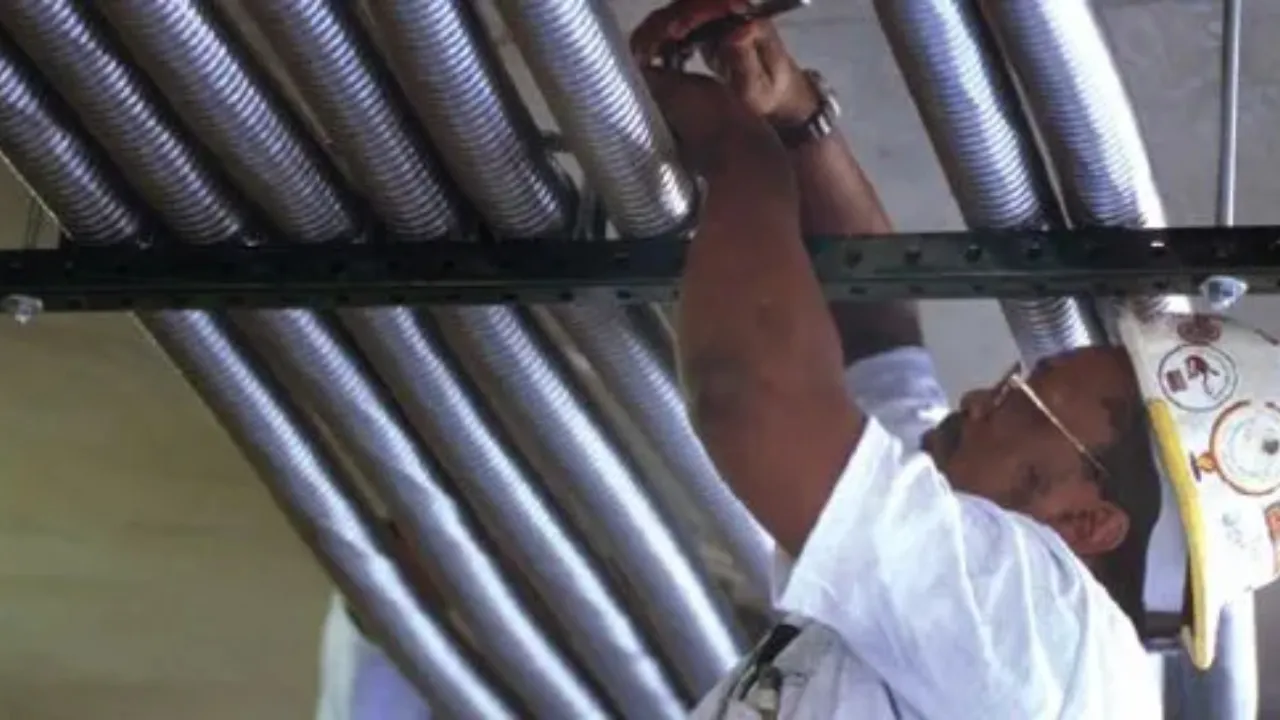നവം . 17, 2024 10:07 Back to list
Durable Cast Iron Foot Valve for Efficient Water Control Systems
Understanding Cast Iron Foot Valves Essential Components for Efficient Water Management
Cast iron foot valves play a crucial role in various fluid management systems, especially in water supply and drainage applications. They serve as an integral part of pump systems, ensuring that water flows smoothly and efficiently while preventing backflow. In this article, we will delve into the features, benefits, and applications of cast iron foot valves, helping readers understand why these components are essential in the field of hydraulics.
What is a Cast Iron Foot Valve?
A foot valve is a type of check valve installed at the bottom of a suction line, primarily submerged in water. It is designed to allow fluid to flow in one direction while preventing it from flowing back. The construction of foot valves typically includes a durable body made of cast iron, which is known for its strength and resistance to corrosion. This robustness makes cast iron an ideal choice for applications that involve constant exposure to water.
Key Features
1. Durability One of the standout features of cast iron foot valves is their durability. Cast iron can withstand harsh environments and heavy usage, making it suitable for both residential and industrial applications. This longevity translates to lower maintenance costs over time.
2. Corrosion Resistance Many cast iron valves are finished with protective coatings, further enhancing their resistance to rust and corrosion. This is especially vital in applications where the foot valve is submerged in water for extended periods.
3. Efficient Flow Control Foot valves are designed to minimize pressure loss while allowing for maximum water flow. Their internal components, like the valve seat and disc, are designed to create a tight seal, ensuring no backflow occurs and optimizing pumping efficiency.
cast iron foot valve

Benefits of Using Cast Iron Foot Valves
1. Cost-Effectiveness While the initial investment in cast iron foot valves may be higher than other materials, their durability and long service life make them a cost-effective choice in the long run.
2. Versatility Cast iron foot valves can be used in various applications, including municipal water systems, agricultural irrigation, and industrial processes. Their ability to adapt to different conditions makes them a versatile choice for engineers and system designers.
3. Easy Installation and Maintenance These valves are relatively straightforward to install and maintain. Most designs allow for easy access to internal components, simplifying repairs and part replacements when necessary.
Applications of Cast Iron Foot Valves
In agriculture, cast iron foot valves are commonly used in irrigation systems to ensure a consistent supply of water. In municipal water supply systems, they play a pivotal role in maintaining water pressure and quality, preventing unwanted backflow into the supply lines. Furthermore, they are used in various industrial applications where water management is crucial for operational efficiency.
Conclusion
Cast iron foot valves are indispensable components in the field of fluid management. Their durability, resistance to corrosion, and efficient design make them a favored choice across various industries. By understanding the significance of these valves, stakeholders can make informed decisions that enhance the efficiency and reliability of their water management systems. Whether for agricultural use or industrial applications, cast iron foot valves provide the quality and reliability necessary for effective water flow control.
Share